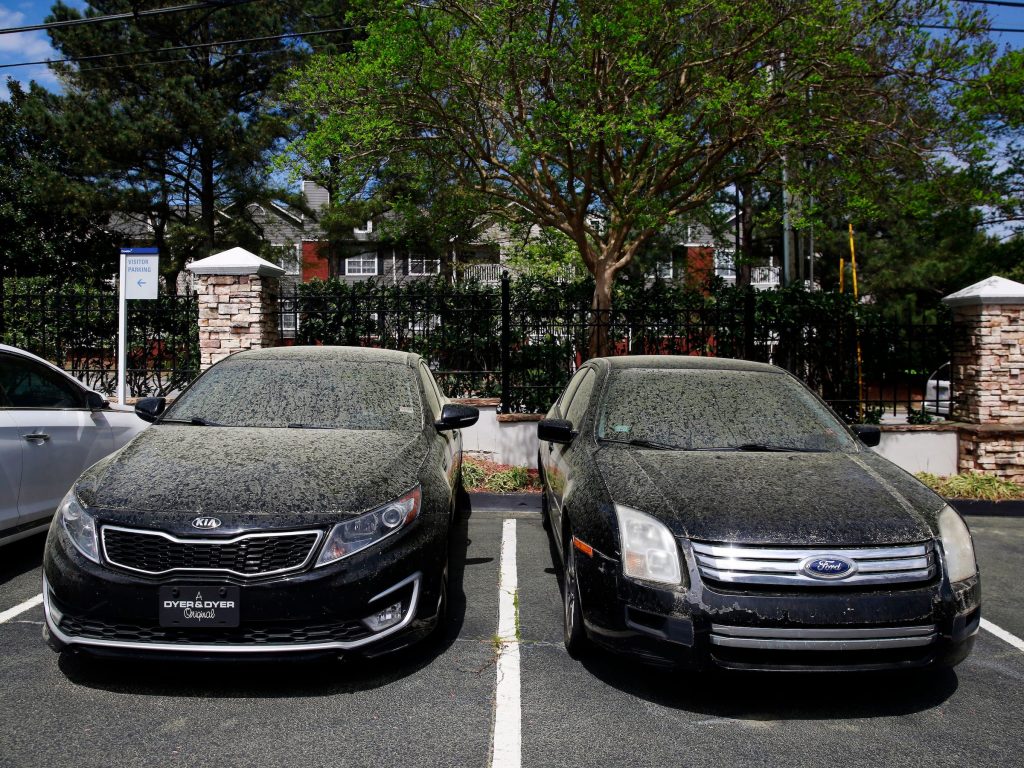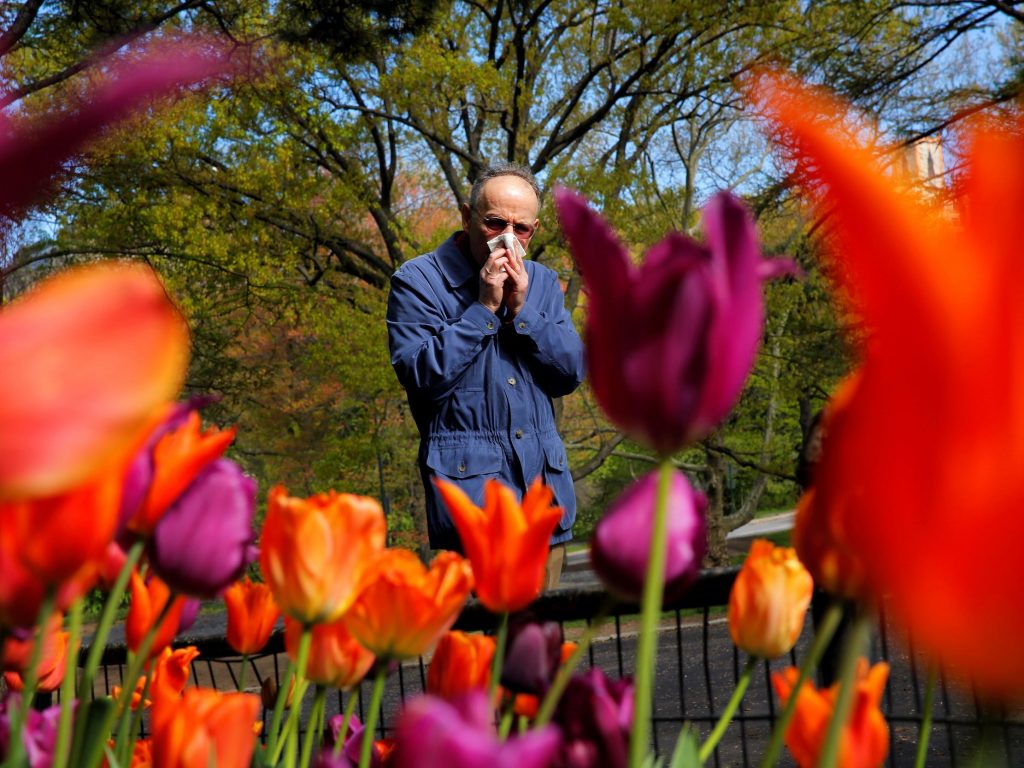- Rising temperatures and carbon dioxide levels could make allergies worse for millions of people.
- A new study projects that pollen seasons will lengthen, with up to 200% more pollen by 2100.
- Some plants' pollen seasons may overlap for the first time, exacerbating seasonal allergies and hay fever.
Millions of Americans may find themselves sneezing, wiping their runny noses, and even suffering asthma attacks more often in coming decades.
That's because rising global temperatures and increasing carbon dioxide levels could extend and intensify pollen season in the US. A new study, published in the journal Nature Communications on Tuesday, projects that pollen season could begin up to 40 days earlier and last up to 15 days later by the end of the century. At the same time, the amount of pollen emitted each year could increase by as much as 200%.
That's bad news for the 19.2 million US adults and 5.2 million children who suffer from hay fever — an allergic reaction to environmental irritants like pollen — according to the Asthma and Allergy Foundation of America (AAFA).
"We think of allergies as stuffy noses and itchy eyes, but it also underlies asthma, which is a more serious condition," Patrick Kinney, an environmental health professor at Boston University School of Public Health, who was not involved in the study, told NBC News. "People will probably feel worse and need more medication as time goes on, and more people will likely become allergic to pollen, as well."
Already, pollen season is getting longer. It has lengthened by about 20 days in the last three decades, with a 21% increase in pollen quantity, according to a 2021 study in the Proceedings of the National Academy of Sciences.
The new study adds to a growing body of research, which warns that trend will continue.
Different plants' pollen seasons may stretch so far that they overlap

As spring brings warmer weather, it triggers various grasses, plants, and trees to produce pollen. When baseline temperatures get higher, however, they induce pollen bursts much earlier in the year.
When warm temperatures last longer into the fall, it extends the pollen season for highly allergenic plants like ragweed. Higher levels of carbon dioxide in the atmosphere can also lead plants to produce greater volumes of pollen.
In the new study, University of Michigan atmospheric scientist Allison Steiner and graduate student Yingxiao Zhang ran computer models on 15 of the most common North American pollens, with projected changes in temperature and precipitation. The models showed how those factors might affect pollen production in the final 20 years of the 21st century. They compared those estimates to actual pollen data from 1995 through 2014.

Different trees normally produce pollen at different times of year — maple first, followed by oak and cottonwood in the Northeast, for instance. But Steiner and Zhang's models showed some of those pollen seasons stretching into each other as warmer temperatures cause them to last longer.
Such overlapping seasons could "multiply the misery" for people with allergies, Kinney said.
"Pollen-induced respiratory allergies are getting worse with climate change," Zhang said in a press release. "Our findings can be a starting point for further investigations into the consequence of climate change on pollen and corresponding health effects."

